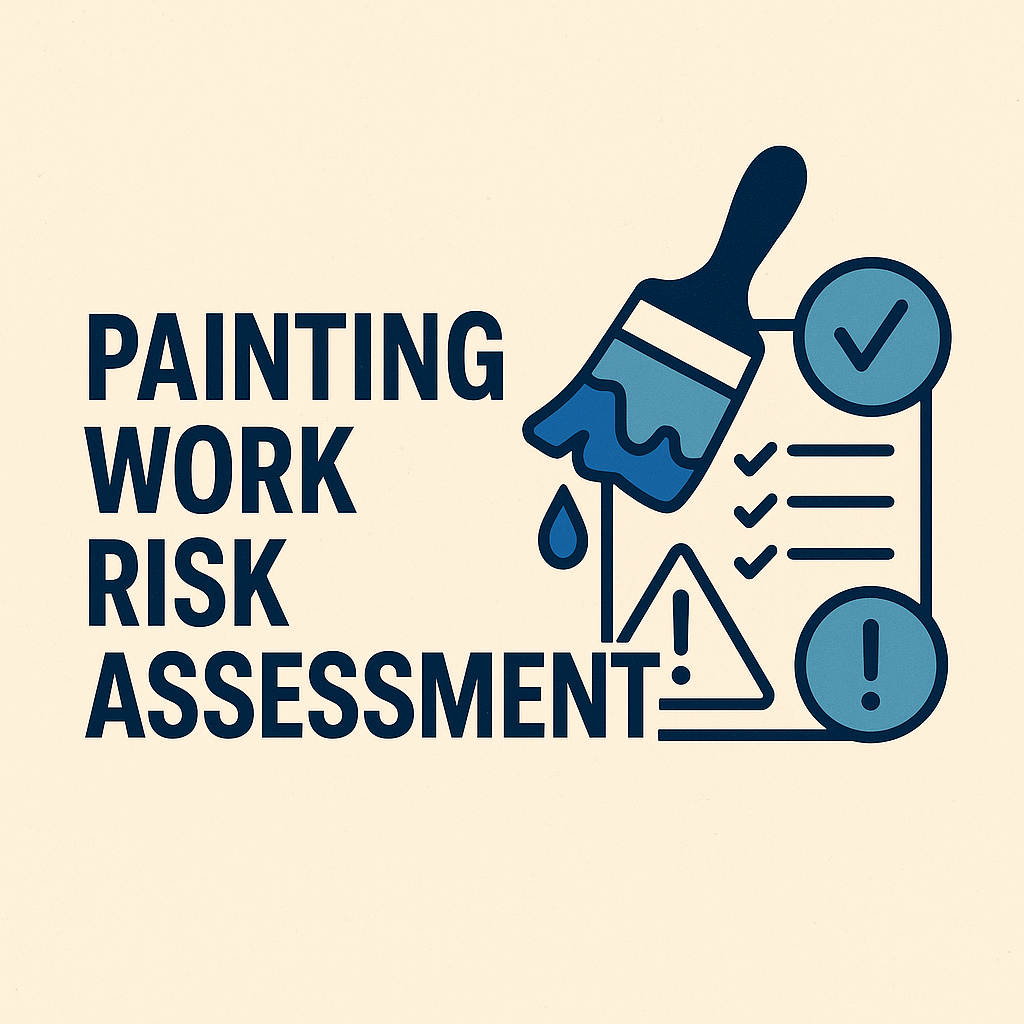
Top 25 Safety Moments to Promote a Culture of Safety at Work
Introduction
Every workplace, no matter the industry, carries some level of risk. Whether you’re working on a construction site or behind a desk, promoting a culture of safety is key to preventing accidents and keeping everyone healthy. One of the most effective tools? Safety moments—those brief but impactful reminders that can keep safety top of mind.
Let’s explore how these small conversations can create massive improvements in workplace safety culture and walk through 25 top safety moment topics you can use to start those conversations.
Understanding Safety Moments
What is a Safety Moment?
A safety moment is a short discussion (usually 2-5 minutes) at the beginning of a meeting, shift, or workday that focuses on a specific safety topic. Think of it as a mini refresher—a reminder that safety always comes first.
Benefits of Starting Meetings with Safety Moments
- They bring safety to the front of people’s minds.
- Reinforce policies and procedures.
- Encourage active participation in workplace safety.
- Set the tone for a safety-first mindset.
How Safety Moments Influence Workplace Culture
When employees hear and participate in regular safety discussions, they begin to internalize those habits. Over time, it becomes second nature. Safety becomes “how we do things here,” not just a checklist.
Top 25 Safety Moments to Promote a Culture of Safety
1. Slips, Trips, and Falls
These are some of the most common workplace accidents. Talk about:
- Keeping walkways clear
- Wearing proper footwear
- Reporting uneven surfaces or spills
2. Fire Safety and Evacuation Plans
Do employees know the escape routes? Fire extinguisher locations? Discuss evacuation procedures and assembly points.
3. Personal Protective Equipment (PPE)
Reinforce the importance of using the right PPE for the job—gloves, goggles, helmets, and more.
4. Lockout/Tagout Procedures
Preventing unexpected machine startups is critical. Go over how to safely isolate energy sources during maintenance.
5. Proper Lifting Techniques
Bad lifting can lead to serious back injuries. Remind everyone to lift with their legs, not their back, and ask for help with heavy loads.
6. Electrical Safety
Talk about overloaded sockets, exposed wiring, and the dangers of working near live circuits.
7. Ergonomics in the Workplace
From desk workers to heavy equipment operators, ergonomics matter. Adjusting posture and workstations can prevent chronic issues.
8. Eye Protection
In environments with dust, debris, or chemicals, eye protection is non-negotiable. Remind employees to wear safety glasses or goggles.
9. Hand Safety and Glove Use
Hands are our most-used tools. Discuss the correct gloves for each task and proper use of hand tools.
10. Chemical Safety and MSDS
Review the importance of labeling chemicals and knowing where to find Material Safety Data Sheets (MSDS).
11. Working at Heights
Fall protection saves lives. Cover the use of harnesses, guardrails, and fall arrest systems.
12. Distracted Driving
If your team drives for work, remind them that texting or eating while driving can be deadly.
13. Fatigue Management
A tired worker is a dangerous worker. Talk about the signs of fatigue and how to manage workloads and rest.
14. Mental Health and Stress
Safety isn’t just physical—it’s also mental. Encourage conversations about stress and how to seek support.
15. Reporting Near Misses
Near misses are golden learning opportunities. Encourage a no-blame culture around reporting them.
16. Housekeeping and Clean Workspaces
A tidy space is a safe space. Reinforce cleaning up spills, removing clutter, and proper storage of tools.
17. Emergency Preparedness
Are employees ready for an earthquake, chemical spill, or power outage? Go over emergency plans and supplies.
18. Tool and Equipment Inspections
Damaged tools are dangerous. Encourage workers to inspect equipment before use and report defects.
19. Ladder Safety
Always maintain three points of contact. Place ladders on stable ground, and don’t overreach.
20. Conflict Resolution and Workplace Behavior
A safe environment also means emotional safety. Promote respectful communication and zero tolerance for harassment.
21. Working Alone Safely
For lone workers, check-in systems and emergency procedures are essential.
22. Hearing Protection
Loud environments can cause permanent hearing loss. Use earplugs or earmuffs as needed.
23. Machine Guarding
Never remove machine guards. They’re there to protect you from rotating parts and sharp edges.
24. Job Hazard Analysis (JHA)
Take a few minutes to assess risks before starting a task. Prevention starts with awareness.
25. Safety is Everyone’s Responsibility
Close with this reminder: safety isn’t just the safety officer’s job—it belongs to everyone, every day.
How to Implement Safety Moments Effectively
Keep it short but impactful
2-5 minutes is perfect. Long-winded messages will lose attention.
Engage employees with questions
Ask for opinions or past experiences. People retain more when they’re involved.
Rotate who delivers safety moments
Let different team members take turns. It promotes ownership and variety.
Use real-life incidents and examples
Stories stick. If something happened recently—use it as a learning tool.
Building a Safety-First Culture
Leading by example
When leaders follow protocols and participate in safety moments, it sends a powerful message.
Celebrating safety milestones
Recognize teams for accident-free days or proactive reporting. A little celebration goes a long way.
Encouraging feedback and open dialogue
Create a space where people feel safe to speak up. That’s the foundation of a truly safe workplace.
Conclusion
Safety moments might seem like a small thing, but they can have a huge impact. By consistently incorporating short, relevant, and engaging safety topics into daily routines, you’re planting the seeds for a culture that values every person’s wellbeing. When safety becomes second nature, everyone wins.
20 Short Safety Moments for Meetings (5-Minute Discussions)
50 Daily Safety Topics for Toolbox Talks (Free PDF Checklist)
10 Electrical Safety Rules Every Worker Must Know
30 Oil and Gas Safety Topics for High-Risk Environments
50 Construction Safety Topics for Daily Toolbox Talks
FAQs
What is a good safety moment?
A good safety moment is short, relevant, and practical. It should highlight a specific risk and offer actionable tips to stay safe.
How long should a safety moment be?
Ideally, 2–5 minutes. It should be brief enough to maintain attention but meaningful enough to drive a point home.
Can safety moments be funny?
Absolutely! A touch of humor can make the message memorable—just make sure it doesn’t downplay the seriousness of the topic.
How often should safety moments be held?
Daily is ideal, especially for high-risk industries. At a minimum, aim for weekly.
What industries benefit most from safety moments?
Construction, manufacturing, oil and gas, logistics, healthcare—basically, any industry where people face physical or psychological risk.
























